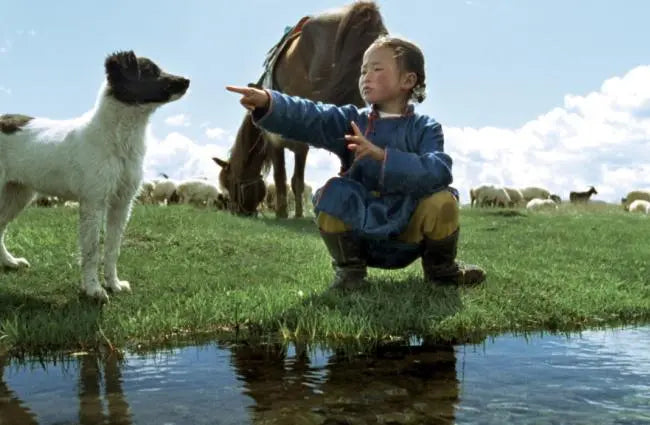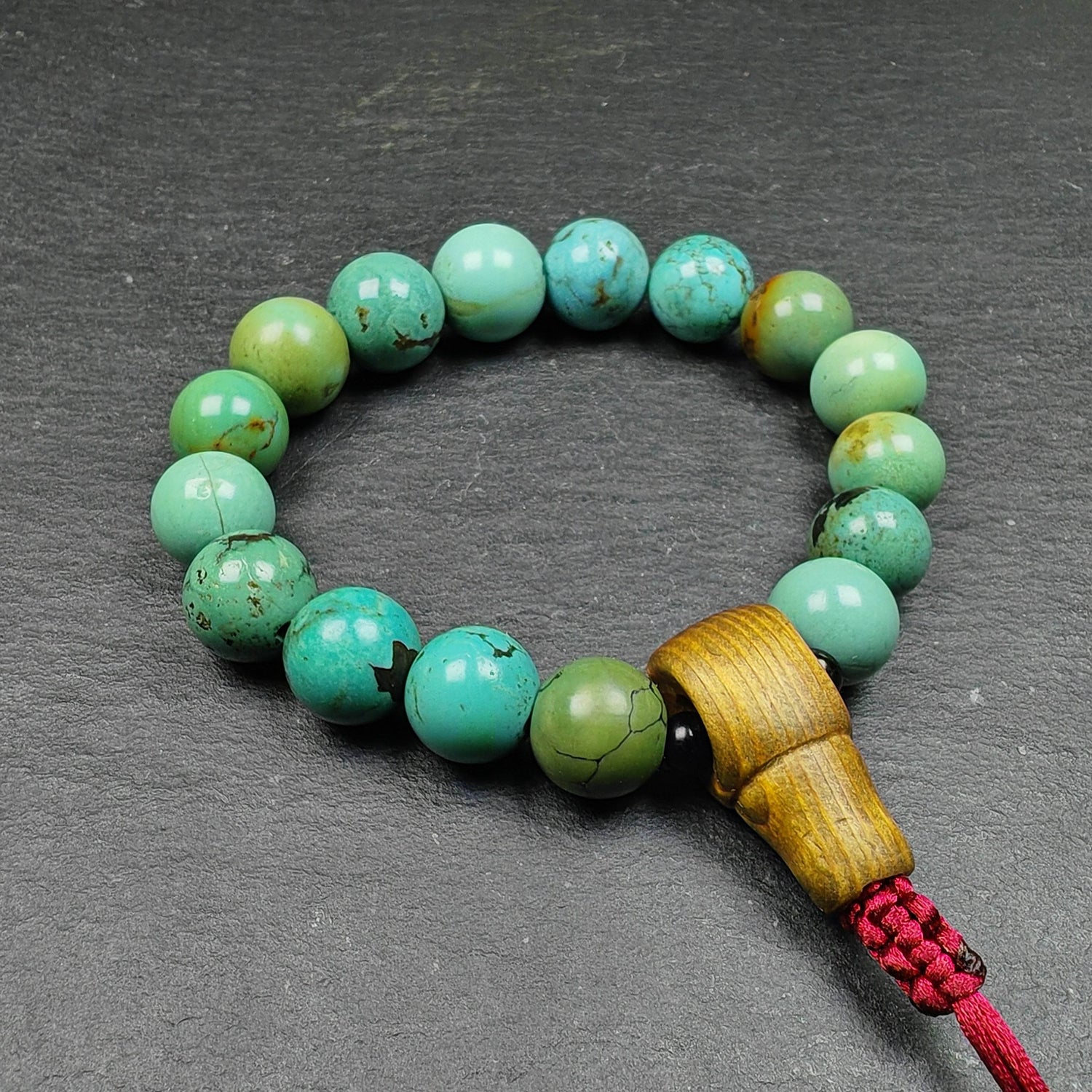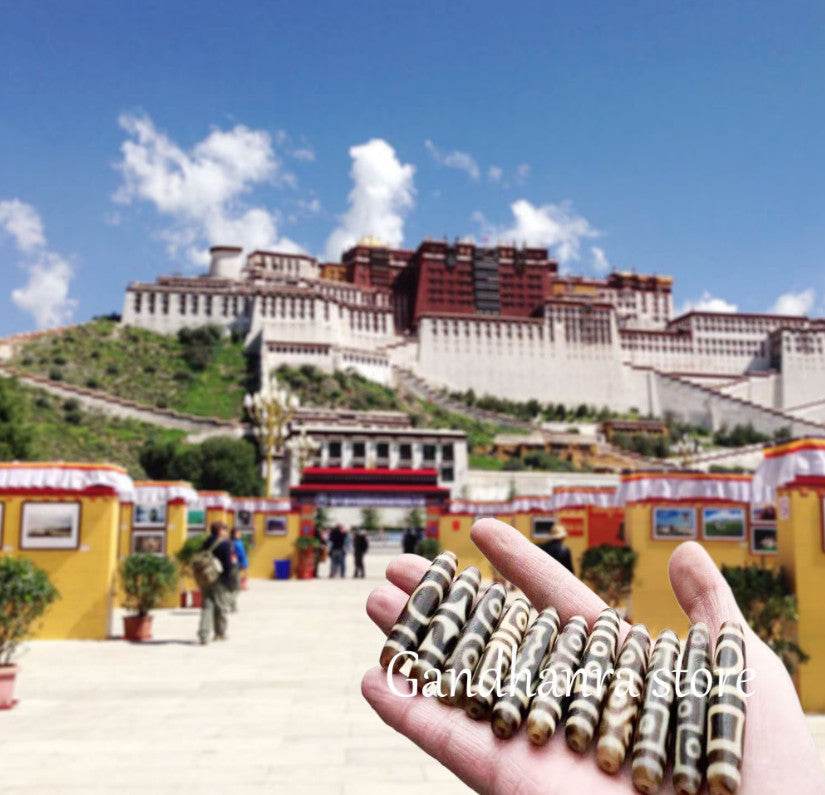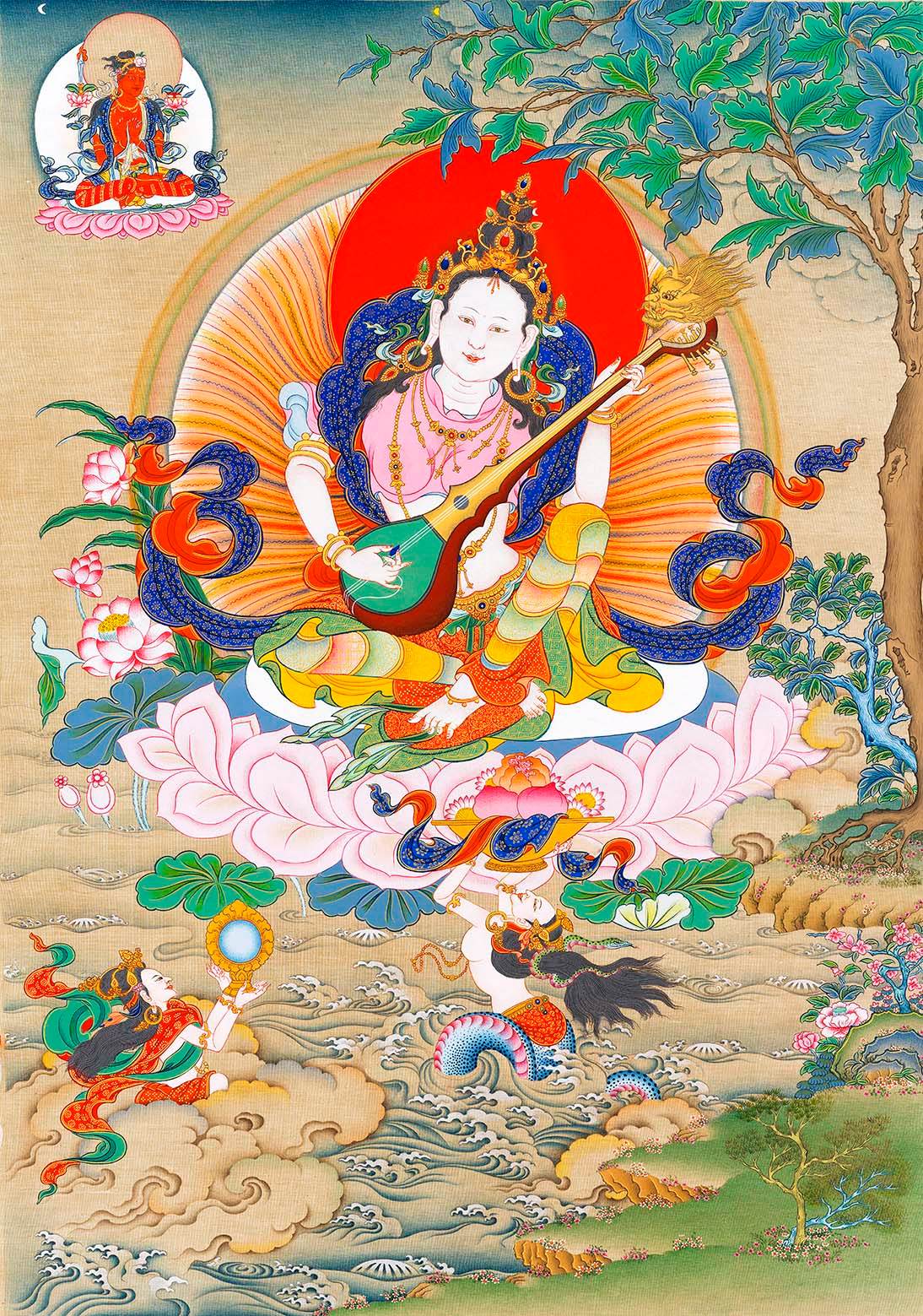
Poems for the Animals

"Little Yellow Dog's Nest" (2005)
Director: Byambasuren Davaa
Looking Back at Hometown
It seems that one only truly comes to know and understand their homeland after leaving it. The same holds true for Mongolian filmmaker Byambasuren Davaa (referred to as Davaa hereafter). After departing Ulaanbaatar to study film in Germany, Davaa gradually began to develop a new perspective and sentiment—a way of looking back and reinterpreting her homeland.

Davaa
Having just arrived in Germany, Dava is full of curiosity about everything. The environment, convenient material conditions, and people's way of life, as well as the various opportunities in front of her, are overwhelming her senses and making her extremely excited. It is all so rich and colorful, something she has never seen or experienced before. However, as the initial excitement fades, Dava gradually feels a certain lack within this seemingly abundant life. And this lack is the connection between people and nature.

Davaa
In an interview with the German online film magazine artechock, Davva said that nomadic people respect nature and communicate with it. However, people who are increasingly moving to the urban jungle of steel and concrete are gradually drifting away from nature. In cold weather, there is heating; in hot weather, there is air conditioning. In the city, people's lives are hardly limited by the influence of nature, which seems convenient but actually means that our connection to the Earth is being severed.
Davva was born and raised in Mongolia, but she truly discovered the treasures hidden in the traditions of nomadic life after she left her homeland and moved to a foreign country. The ancient and valuable values of her homeland do not exist in modern Western societies. All of this eventually led Davva's film work to focus more and more on the theme of nomadic life.

The Nasa family on the grassland
Poems for the Animals
Davva's films always revolve around animals. This is related to her background growing up in a nomadic tribe. It is also a unique feature of her films.
"Little Yellow Dog's Nest" is Davva's first feature film, telling a story closely related to animals. The story is very simple, but simplicity does not detract from the beauty of the film's style and core. Davva believes that the power of a film lies in its simplicity.

Nasa and her beloved little dog
One day, Mongolian girl Nasa was playing alone on the mountain when she accidentally found a puppy. The adorable look of the puppy made her feel joy and pity, prompting Nasa to eventually bring the puppy home. However, her father refused to let Nasa keep the puppy, fearing that it might attract wolves and threaten the sheep they raised at home. So, on the day of the summer pasture migration, a disappointed Nasa had no choice but to reluctantly part with her beloved puppy under her father's orders. Just then, something unexpected happened. During the migration, the family suddenly found that Nasa's younger brother was missing. Nasa's father, extremely anxious, hurried back to the original place to search. He had a foreboding feeling that his son might be taken away by vultures. Fortunately, the puppy left behind in the original place managed to break free from its leash and drive away the vultures that were surrounding Nasa's brother. Thanks to the help of the puppy, Nasa's brother was lucky to be saved.


 Observing the shape of clouds.
Observing the shape of clouds.
 Nasa Calls the Puppy
Nasa Calls the Puppy
The core message Davaa truly seeks to convey through this story is that in nomadic culture—or perhaps even beyond it—humans and animals should ideally share a symbiotic, interdependent, and mutually respectful relationship. Animals do not merely exist as "pets" in the household; they can be family members, companions, for they too are precious beings with souls.
This non-anthropocentric way of upbringing allows children raised on horseback to learn reverence for nature and respect for all living things from an early age. Through daily coexistence with animals, they quietly develop a life rhythm of tacit trust and harmony with all creatures. Thus, from the depths of their hearts, they cultivate a keen sensitivity to the diversity of life in the natural world.

Davaa's films transport us to the vast Mongolian steppe, offering us a chance to rediscover the simple yet profound connection that should exist between humans and other living beings. Through her lens, we reconnect with a poetic and wise way of life that grows increasingly rare in modern society.
The Weeping Camel
"The Weeping Camel" also places animals at the narrative core. This documentary masterpiece was co-created by Davaa and her classmate Luigi Falorni in 2000 during her film studies in Munich. Nominated for the Academy Award for Best Documentary Feature in 2005, the film went on to receive numerous special honors at international film festivals.
 The Weeping Camel (2004)
The Weeping Camel (2004)(Original German title: "Die Geschichte vom weinenden Kamel")
Directors: Byambasuren Davaa / Luigi Falorni
The story follows a Mongolian nomadic family during their camel's calving season. This year, however, brings unexpected difficulties - the mother camel rejects her newborn calf, leaving the family distressed and helpless. Faced with this dilemma, they resort to an ancient traditional solution: performing a ritualistic morin khuur (horsehead fiddle) concert specifically for the grieving camel.
As the melancholic melodies of the bowed string instrument drift across the steppe, something miraculous occurs. Tears begin rolling down the mother camel's face. Seemingly moved by the music, she gradually lowers her head to nuzzle her offspring. By the time the last notes fade, the camel has fully accepted her baby, who finally suckles its mother's milk for the first time - a profoundly moving moment that fills the family with joy and relief.

 Grandmother Feeds the Lamb with a Cow's HornThrough Davaa's lens, this touching story reveals how nomadic people approach life with reverence and tenderness. Their ancient way of life carries an immeasurable wisdom—a form of emotional education and symbiotic philosophy rooted in tradition. This precious heritage not only shapes their relationships with nature and animals, but also quietly influences their fundamental views on existence, daily living, and values.
Grandmother Feeds the Lamb with a Cow's HornThrough Davaa's lens, this touching story reveals how nomadic people approach life with reverence and tenderness. Their ancient way of life carries an immeasurable wisdom—a form of emotional education and symbiotic philosophy rooted in tradition. This precious heritage not only shapes their relationships with nature and animals, but also quietly influences their fundamental views on existence, daily living, and values.
Rice and needle
At dawn, the silhouettes of a father and daughter gradually emerge at the center of the frame. Their journey up the mountain is to prepare a farewell ritual for their deceased puppy. Confused by her father's handling of the dog's remains, the daughter questions him. He explains that this way, the puppy will be reborn as a human with a ponytail, rather than a dog with a tail. After a moment of silence, he adds, "All living things must die, but life continues." In this brief exchange lies a profound revelation—through this experience, the girl receives her first lesson on life and death from her father.
When wolves raid Nasha's sheep pen, killing several sheep, her father places the carcasses in the open wilderness as an offering to vultures. In doing so, he allows the sheep to complete nature's cycle of life.

 Grandmother and Nasa
Grandmother and Nasa

However, not a single grain of rice can stand on the tip of a needle.

Nasa's family
From their earliest years, the children grow immersed in nature—under open skies, in harmony with animals, the changing seasons, the grasslands, mountains, sky and earth, windstorms and stars. Their first lessons may not be letters or numbers, but how to ride a horse, gather dried dung, help elders make cheese, tend to sheep, read the wind's direction on the pasture, listen to and accompany cattle, observe the shapes of clouds, and predict weather by watching the skies—in essence, how to feel nature, work with it, and maintain life's beauty and balance within its embrace.
This precious wisdom encompasses reverence for life, harmonious coexistence with nature, and deep respect for all beings—animals, plants, and spirits alike.

Awe
O Mother Earth, only you endure eternal.
The river carves graceful curves across the vast grassland, like a white ceremonial scarf offered to Mother Earth.
During their seasonal migration, Nasha's father couldn't help but speak from his heart: "Beautiful Hangai steppe, thank you for sheltering us." He marveled at how these lush pastures had once again selflessly nurtured his people for another season. Meanwhile, Nasha's mother's melodious voice rose in song: "We love you, Mother Earth—only you endure eternal."

Perhaps we have grown accustomed to viewing all beings from a position of superiority, yet nomadic culture teaches us to relinquish arrogance and recognize the spirituality and sacredness within animals and nature. This respect and humility form the deepest foundation for ecological civilization and sustainable development.
In truth, whether raised in nomadic traditions or not, reverence for nature and respect for life should be universal to all humanity. Through her films, Davaa has quietly instilled in us a generous, expansive, and profoundly tender philosophy of life—one that celebrates the beauty of harmonious coexistence between humans and nature. Under the vast sky, every being carries its own name and purpose. True education should never be confined to textbooks alone, but must unfold as an endless journey into the world, felt firsthand through the pulse of life itself.

Still from The Weeping Camel
"With the Director Uncle, Father, Grandfather, Me and the Lamb"







2 Kommentare
i9wluc
19g89b